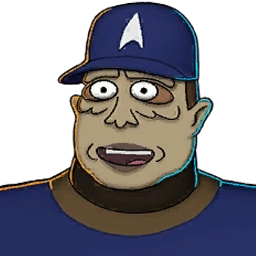
The supraspinatus tendon is the one most likely to become torn. When one or more of the tendons that form the rotator cuff is torn, this tissue no longer fully attaches to the head of the humerus. The four tendons also serve to connect a muscle originating in the shoulder blade to part of the upper arm bone.ĭifference Between Complete and Partial Rotator Cuff Tears

The tendons comprising the rotator cuff stabilize your shoulder and allow it to move smoothly and without pain. The rotator cuff is made of four tendons that hold your arm in place, securing it to your shoulder. Your shoulder joint is called a ball-and-socket because the head or ball portion of the humerus fits into the socket located in the shoulder blade. In this post, we will discuss the difference between the two kinds of rotator cuff injuries. Two different types of rotator cuff tears can occur - complete and partial (also known as incomplete). Tears to your rotator cuff can happen suddenly due to an injury or develop slowly over time. This issue may make daily activities such as getting dressed or reaching for an item on a shelf more difficult because the injury is often accompanied by pain. The gene interaction in which no allele can block or bask the expression of the other is called Codominance.If you’re experiencing pain in your shoulder or weakness in your upper arm, you may have a common injury known as a rotator cuff tear. The gene interaction in which both the alleles of a gene result in a different type of phenotype which is a combination of bothis called Incomplete Dominance. Ques: How does Incomplete and Complete Dominance work? (3 Marks)Īns: Incomplete Dominance happens because neither of the two alleles is completely dominant over the opposite. The allele mixes and shows the traits in the offspring.A hybrid will not result in the formation of a new phenotype. The gene interaction in which no allele can block or bask the expression of the other is called Codominance. Both the alleles blend but only one of the two is shown in the offspring. A hybrid will result in the formation of a new phenotype. Ques: What are the characteristics of Incomplete Dominance and Complete Dominance ? (3 Marks)Īns:The gene interaction in which both the alleles of a gene result in a different type of phenotype is called Incomplete Dominance. Here, A and B are not dominant over each other but dominant over O. Ques: What are the examples of Incomplete Dominance and Codominance? (3 Marks)Īns: Rose is one of the examples of Incomplete Dominance where the allele for red colour is dominant over the allele for white colour.where the allele for red colour is dominant over the allele for white colour.Individuals with blood group ABO is an example of Codominance.
Two traits are dominant over another because either it is non-functional or is less active than the other allele. The pairs of alleles may or may not be similar.Ī heterogeneous gene has two different pairs of alleles and homozygous genes have similar ones. Genes are a hereditary unit and exist as a pair of alleles in organisms. There is a relationship between alleles of only one gene. Incomplete Dominance happens because neither of the two alleles is completely dominant over the opposite. Mechanism of Incomplete Dominance and Codominance Individuals with blood group ABO is an example of Codominance. Rose is one of the examples of Incomplete Dominance where the allele for red colour is dominant over the allele for white colour.

Incomplete Dominance is also called partial dominance. The gene interaction in which both thealleles of a gene result in a different type of phenotype is called Incomplete Dominance. What is Incomplete Dominance and Codominance?


 0 kommentar(er)
0 kommentar(er)
